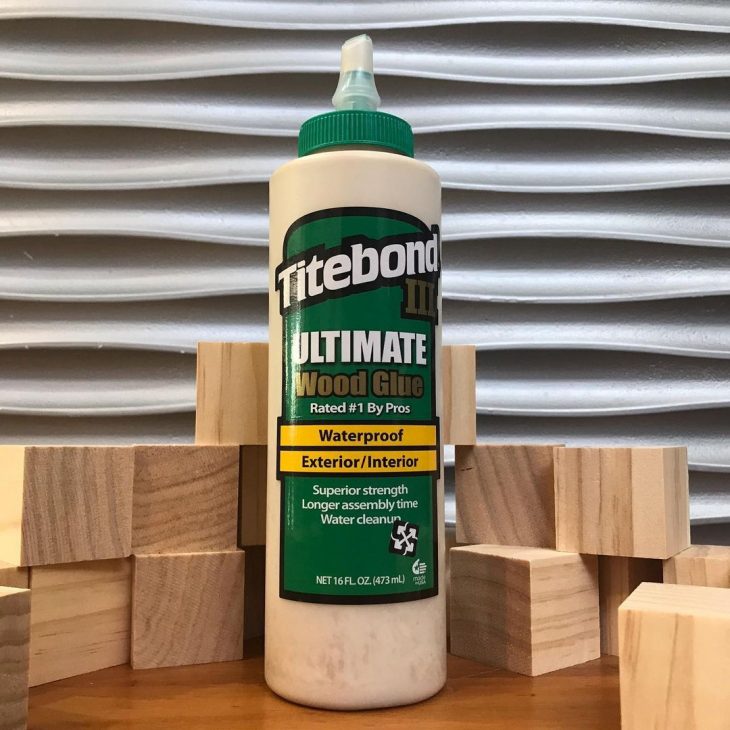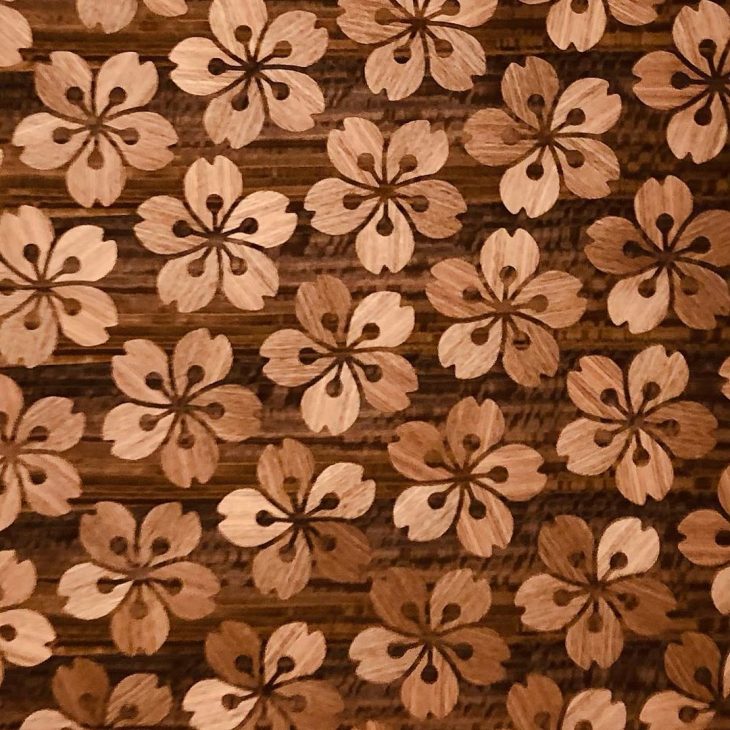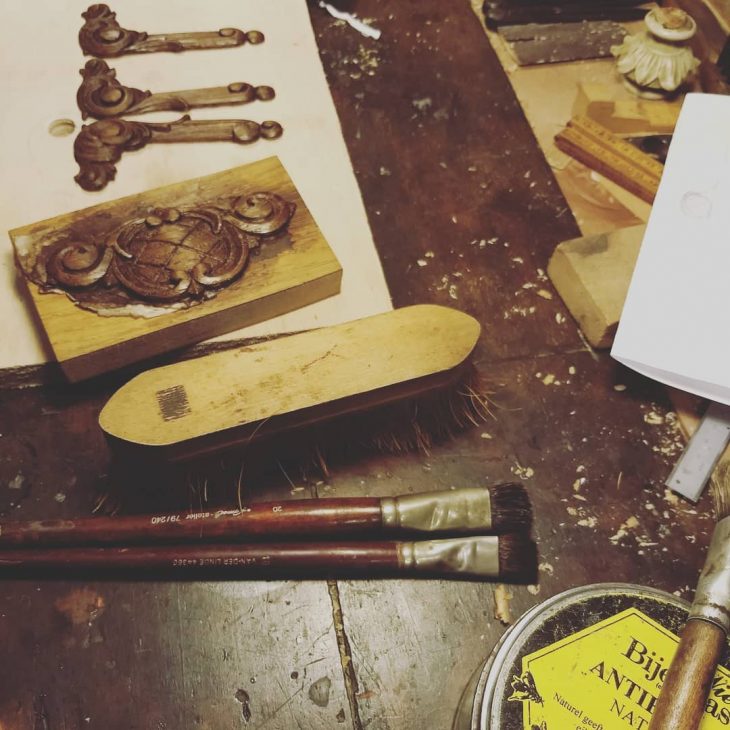Sanding wood smooth has been done from the time man first picked up a piece of wood and rubbed it smooth with a hand full of sharp sand. Perhaps they noticed how smooth driftwood became washing against the beach. Abrasive materials such as sandstone, scouring rushes and sharkskin have been employed to smooth wood. The idea of gluing an abrasive to paper or cloth came into common practice in the early nineteenth century with sand, quartz, flint, garnet, emery, ground glass, any material with a fine sharp edge glued to a backing material of strong paper or cloth. The weakest part of this concept is the glue itself. Natural materials like flat pieces of sandstone or limestone can be used to smooth wood and different grits from different types of stone gives the necessary diversity of abrasive characteristics. The coarser grit more aggressive abrasives are used for an initial quick smoothing of the rough wood. The finer grit abrasives are used to produce smooth, flat and uniform abrasion. Sanding with the grain produces the smoothest results. Cross sanding will show up in the finishing process. Some sanding, such as that done on a turning lathe is, all cross grain and special attention must be given to this process. It is of the utmost importance to keep the sand paper moving, never allow it to remain in one place, or deep scoring will result. The term glass paper seems to be an earlier term than sandpaper.
Organic materials such as scouring rushes (Equisetum spp.), joint grass or horsetails can be used to good effect. High in silica content, this flimsy hollow stemmed plant will scratch the hardest steel. These can be used dry, but are brittle, and fresh may leave a green stain, but the wood will be smooth. Sharkskin is also an abrasive natural material. The scales are sharp on their trailing edge and the way they lay on the skin allows them to scrape and sand wood, but only in one direction. It slides freely in one direction from front to back and when sliding back to front the scales engage the wood fibers and sand them smooth. Isaac Fisher Jr. of Springfield Vermont was granted a patent for sandpaper in 1834, he did not invent sandpaper, just got a patent for a particular kind of sandpaper. Steel wool was introduced in 1896.
For the sake of convenience and availability sandpaper is by far the most popular woodworking abrasive. In order for sandpaper to work, three elements must successfully come together; the abrasive, the backing and the glue. The abrasive can be any sharp and hard material such as sand, which is collected and run through a series of sieves to separate the different grit sizes. With grit of uniform size the backing material is selected. Backing material can be a strong paper or woven cloth. These materials have been used and improved upon since they were first used. If the sandpaper is a wet /dry application, meaning that the sandpaper can be used wet, with water or oil, then the backing paper is capable of getting wet. The final and most difficult component of sandpaper is the glue. The glue must be strong enough to hold the grit to the backing yet remain flexible enough to allow the paper to be bent and folded for use. The glue must hold the abrasive in such a way as to provide the most exposure of the sharp parts of the grit without covering it up. The glue must also stay attached to the backing, be it paper or cloth. All types of glue have been tried, conceived of, combined, and altered to hold grit to paper. One ingredient added to glue to help add flexibility is glycerin.
Prior to the industrial revolution inexpensive, quality sandpaper was not readily available to the trades. Early papers were highly prized and used until little grit remained. Since then there have been a number of improvements in the quality of grits, the durability of the backing materials and the flexibility of the glues and how these individual elements are utilized. At the turn of the twentieth century super fine grit papers smaller and finer than previously available were introduced, along with grading standards. Numbering and grading methods vary from country to country and from time to time. Usually the lower numbers, starting at 0, indicates very coarse grit while higher numbers indicate finer grit.
In sanding, the idea is to put scratches in the wood to smooth it out and then use finer and finer grits to put finer and finer scratches in the wood until they can’t be seen. There are, as in most skills, a number of preparations and techniques used in sanding. The first trick is to prepare the sandpaper by “breaking” it. This is done by taking the piece of sandpaper, either a large sheet or a quarter sheet and breaking the glue paper bond to prevent the paper from breaking when deformed. This simple procedure will make your sandpaper much easier to handle. Hold the sheet by diagonally opposite corners and drag it grit side up over the sharp edge of a workbench or table. Force down each corner to bring the angle of the paper at the edge greater than 180° and drag the paper from one corner to the other. This back creasing is then done holding the opposite diagonal corners to crease at about 90° to the first crease. This creates a bit of a back curl on the paper. By doing this you will be able to fold the sandpaper and it will not crack. It produces a smoother easier to use sheet of sand paper. If you do this to every sheet of sand paper before you use it, your paper will last longer, work better and the results will be better. If the paper does not crack, you won’t get heavy scratching from the fractured or torn paper. By eliminating the cracking the paper will last longer as the tears don’t have a place to start. Although sanding may seem mundane and dreary, remember it is the final step before stain and finish, so all of the work done up to this point depend upon the sanding to make it look good. Don’t scrimp when it comes to sanding. Start with the right grit, sand with the grain and finish with the finest grit necessary to produce perfect results. A common beginner’s mistake is to start with too coarse grit and then use it well beyond its useful life. This leaves gouges and scratches that are very difficult to remove later. Sandpaper wears out and we usually do not throw away the used paper soon enough. A sharp tool is an easy tool to use and this applies to sandpaper. During my apprenticeship, the old German shop foreman would walk around, take your paper away, and tear it up, requiring a new piece of sandpaper. Change grits and always use fresh paper. The idea again is to scratch and scratch the wood in the direction of the grain with finer and finer scratches. Always wipe down the surface between grit changes so that none of the previous coarser grit is present to scratch the finer finish being sanded. Always sand back and forth in straight lines with the grain of the wood. Be very careful, it is quite easy to sand in an arc and this will show up during staining and finishing. Stand directly over the work, making sure that your strokes are straight with no curves at the ends of the strokes. Make sure to sand all the way from one end to the other, run the sandpaper past the edge without rounding over the edge. This insures that all areas get sanded.
Sanding blocks are square or rectangular flat blocks of wood, sometimes of cork or faced with cork and are used to hold the sandpaper and provide a flat surface to bear down on the sandpaper and flatten the wood underneath. Some are made of thick hard felt blocks. Sanding blocks can be of any shape to conform to the materials you are sanding. Shaped the opposite of moldings, these blocks can be helpful when sanding complicated surfaces. To make shaped blocks, place a piece of sandpaper grit side up on a molding, then holding the block square to the molding, move it back and forth to form the shape of the sanding block. When shaped it can then be used to sand that molding. Dowels can be wrapped with sand paper and used to sand inside curves and other concave profiles.




Recent Comments